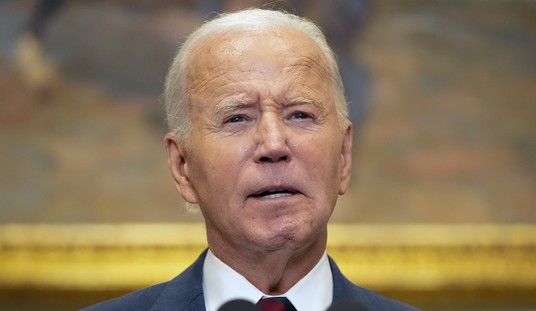I don’t think it’s true anymore, but when I was a kid, just about every child on the block had a butterfly net and a mounting board. Butterfly collecting — like hula hoops before that time — was all the rage and I don’t think anyone could quite figure out why. The parents were pleased because it got the kid out of the house every day during the summer for a few hours. And it was a safe, fun way to learn about the natural world.
In Illinois, there were Sulfurs, Whites, the beautiful and rare Yellow Swallowtail, Skippers and the biggest prize of all; the Monarch. The Monarch was most sought after because first, it was so beautiful, and second, it was so hard to catch. A seven or eight year old kid doesn’t run very fast and once the Monarch knew you were stalking it, it would spread those big wings and head for the hills. It took guile and cunning to sneak up on a Monarch and catching one was always a thrill.
That’s why this story about nearly a billion Monarch butterflies dying off since 1990 as a result of pesticides and a dwindling habitat hit me a little harder than most extinction stories. And the Monarch is just the tip of the iceberg. The entire class of insects that faithfully pollinate our flowers and plants is disappearing at an alarming rate. The die-off of honeybees threatens not only our flowers, but also the thousands of products that use honey as an ingredient. Wasps are also under pressure, as are most species of beetle.
The Monarch is a “keystone” species and losing it would set off a chain reaction that would severely damage the eco-system. Beyond the practical, there are esthetic reasons for trying to save the insect.
Monarch butterflies are a keystone species that once fluttered throughout the United States by the billions. They alighted from Mexico to Canada each spring on a trek that required six generations of the insect to complete. Afterward, young monarchs about the quarter of the weight of a dime, that know nothing about the flight pattern through the United States, not to mention Mexico, fly back, resting, birthing and dining on milkweed. Only about 30 million remain.
The Fish and Wildlife Service has started a crash program to grow more milkweed — the plant the Monarch depends on for food and a home. Farmers and homeowners have drastically reduced the numbers of milkweed plants which, in turn has catastrophically affected the Monarch.
Fish and Wildlife is reviewing a petition filed by the Center for Biological Diversity to list monarch butterflies as an endangered species that requires special protection to survive. The agency is studying whether that’s necessary and also trying to do more to help restore the population.
The agency is providing $2 million for on the ground conservation projects. As part of an agreement, the federation will help raise awareness about the need for milkweed, provide seeds to anyone willing to plant it and to plant the seeds in open space — roadsides, parks, forests and patio flower boxes, to name a few places. Another $1.2 million will go to the foundation as seed money to generate a larger fundraising match from private organizations.
Fish and Wildlife will chip in to plant milkweed seeds in refuges and other areas it controls to create 200,000 acres of habitat along the Interstate 35 corridor from Texas to Minnesota, where 50 percent of monarchs migrate. Fish and Wildlife will encourage other federal and state agencies to do the same on public lands and is working with the governments of Mexico and Canada to help restore the iconic butterfly.
The monarch butterfly’s round trip to and from Mexico takes it past a killing field of agriculture. But farmers aren’t entirely to blame for the insect’s decline, said Dan Ashe, director of Fish and Wildlife. “We’ve all been responsible. We are the consumers of agricultural products. I eat corn. American farmers are not the enemy. Can they be part of the solution? Yes,” Ashe said.
Some readers of this site may cast a jaundiced eye at such conservation efforts. Indeed, the EPA can be overbearing and arbitrary about saving some species. But saving the pollinators from our own folly benefits everyone. And a good first step is to stave off extinction for the Monarch.










Join the conversation as a VIP Member